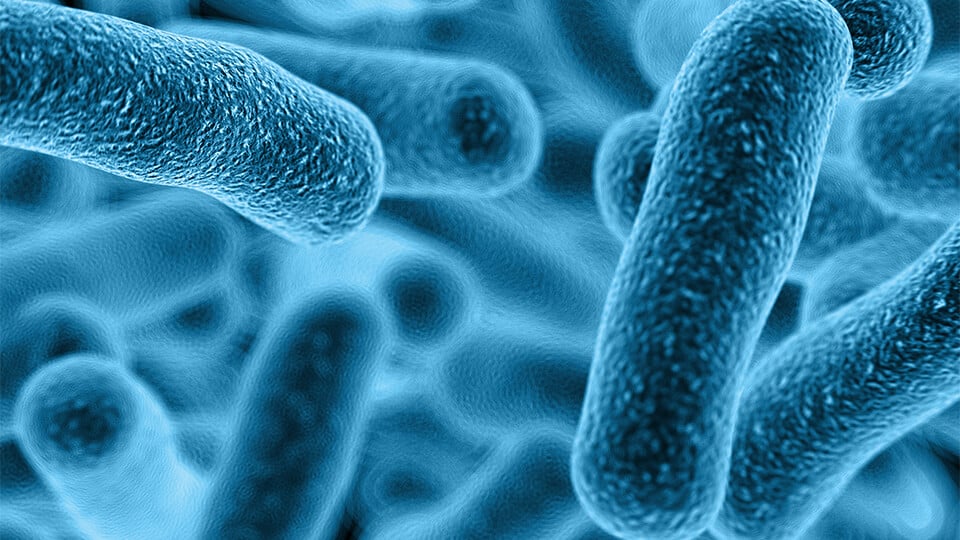Other Problems
Vaginal Yeast Infection
Vaginal yeast infection is a fungal infection of the vagina that can cause discharge, discomfort and itching. Learn more about signs, causes, and steps to take to prevent vaginal infection.

Your vagina has a healthy balance of yeast and other bacteria, responsible for killing harmful microorganisms in your vagina and keeping it healthy. At times this balance is disturbed which might lead to infections such as a vaginal yeast infection.
What is a vaginal yeast infection?
Vaginal yeast infection or Vaginal Candidiasis is the infection caused by Candida, a type of fungus. Usually harmless, this fungus resides on your skin and inside your body in the mouth, gut, and vagina.
The problem occurs when the environment in your vagina changes in such a way that the balance between yeast and bacteria is disturbed, causing Candida to grow out of proportion, leading to a vaginal yeast infection.
What are the Signs & Symptoms of Yeast infection?
The main and the most common yeast infection symptoms are itchiness and extreme discomfort. These symptoms can, however, be accompanied by several other symptoms such as:
Itching, swelling, burning and redness of the vulva: Soreness in the external part of the female genitalia.
Burning sensation during urination: Experiencing pain in passing the urine.
Vaginal discharge that is thick, whitish or greyish and resembles cottage cheese: Usually odourless, in some cases the yeast infection discharge can also be foul-smelling.
Painful sexual intercourse: Experiencing intense pain during sex.
The symptoms can be mild or severe, depending upon how long the infection has been left untreated.
What are the causes of Yeast Infection?
Your vagina is equipped with bacteria called the lactobacillus, which keeps the growth of Candida in check. However, several causes can create an imbalance in the natural system, leading to an overgrowth of Candida which ultimately leads to a vaginal yeast infection. These are:
Hormonal changes: Changes in the levels of hormones during pregnancy, lactation or menopause and imbalances caused by birth control pills can disturb the balance of yeast and bacteria in your vagina.
Antibiotics: Strong antibiotic medication can also end up killing off the good bacteria in your body, leading to unchecked growth of yeast.
Chronic diabetes: High levels of blood sugar create an ideal environment for the yeast to thrive.
Intimate hygiene products: Usage of intimate hygiene products with strong fragrances can disturb the pH level of your vagina, causing yeast infections.
Weakened immunity: Immuno-deficiency disorders or an otherwise weakened immune system can also contribute to the development of yeast infections.
What may increase risk of getting vaginal infection?
Major risk factors that are known to put women at risk of developing a yeast infection are antibiotics, a weakened immunity, or the usage of contraceptive methods such as birth control pills that are known to cause hormonal imbalances, and intrauterine devices.
Other contributing factors include poor vaginal hygiene, chronic stress, erratic sleep schedules, consumption of highly sugary food and lifestyle disorders such as obesity.
Even though yeast infections are not categorized as sexually transmitted infections, sexual contact can spread yeast infections from person to person.
When to See A Doctor?
If the symptoms of yeast infection persist, or the infection is recurring, it is best to visit your health care professional. This will help you rule out other serious conditions that are characterized by similar symptoms like that of a yeast infection. These serious underlying conditions include STIs and other forms of bacterial overgrowth in the vagina.
It is best not to self-treat in such a case and get an expert’s opinion prescribing yeast infection medicines and the best course of treatment.
In order to accurately diagnose your condition, your gynecologist might ask you questions about your health and recent medical history. This will help them understand your body’s tendency and any past infections that you might have suffered from.
Your doctor might also perform a pelvic examination by observing your external genitalia for any signs of infection such as redness, soreness or swelling. They might use an instrument to examine your vaginal walls and cervix.
They may also prescribe a test for your vaginal fluids by collecting a sample of your vaginal secretions. By examining and determining the kind of fungus that is causing the infection, they can prescribe targeted and more effective treatment.
Key Takeaway
Vaginal yeast infections can be itchy and uncomfortable, but they are completely treatable. Do not suffer in silence and try to talk to your primary health giver if you think you are suffering from a yeast infection. Open up to your mother, your elder sister or even the teachers or counsellors in your school. They are there to help you navigate such situations. Depending upon the severity of your infection, visit your doctor’s office for a thorough examination and timely treatment of the infections to avoid any future complications.
More Blogs
Everything Periods
What is a Period?
Getting a period is a natural and healthy process, when women shed their uterine lining. Learn how long a “normal” period lasts and how to manage period pain.
Everything Periods
Menstrual Cycle Stages & More
There are four phases within menstrual cycle and can last between 24 to 38 days. Let's get to know the way each phase can affect you with Stayfree® India.
Growing up
Having the period conversation with your daughter
Talk to your daughter that a getting period is normal and healthy. Here are some tips for talking to your daughter about menstruation cycle to break society stigma around period.
